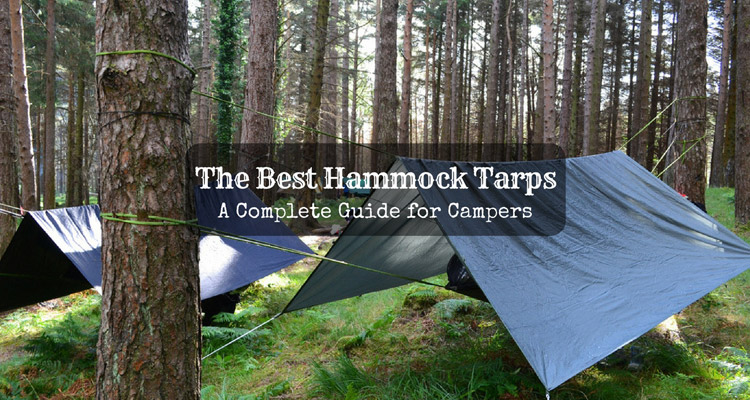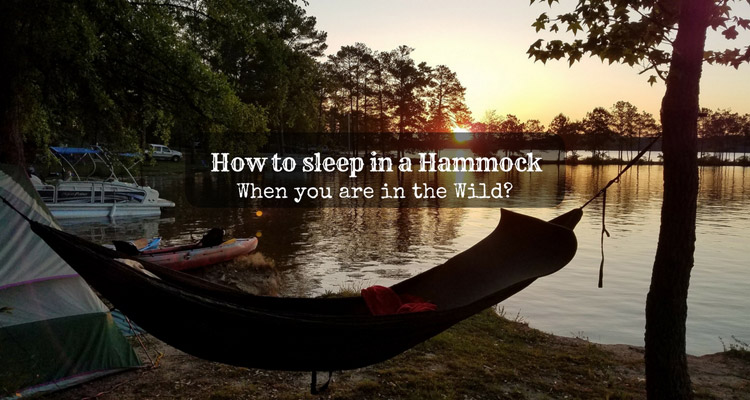Are you bored of staying indoors? Are you tired of the daily routine in the neighborhood and are planning to go on an outdoor adventure? If so, you should consider bringing a hammock with you. It’s definitely one way of enhancing the outdoor experience. You can share it with a friend to treasure great moments with – from watching the sunset to having cool afternoon naps.
More...

Whatever reasons you have for bringing a hammock, keep in mind that it needs to be tied in a strong and durable manner. Hence, if you want to have a great time on this outdoor trip, start by knowing how to tie your hammock. The following are among the best knots that are widely used and a step by step guide on how to do them:
Figure 8

This knot is also known as the Flemish knot. It’s one of the first knots that climbers learn as it’s not complicated to go about. The figure 8 knot is mostly used by rock climbers because it’s strong and able to secure their harnesses firmly. One great aspect of this knot is that it’s able to hold a tangible amount of weight and can also be easily untied.
These are the steps in tying the Figure 8 knot:
Step 1: Lay down your rope flat first.
Step 2: Pass the end of the rope tail over the rope itself, which should form a bottom loop.
Step 3: The very end of the rope should be tucked under the standing part of its body.
Step 4: By now you should have the figure 8 symbol. The end of the rope is then finally slipped via the loop.
The Clove Hitch
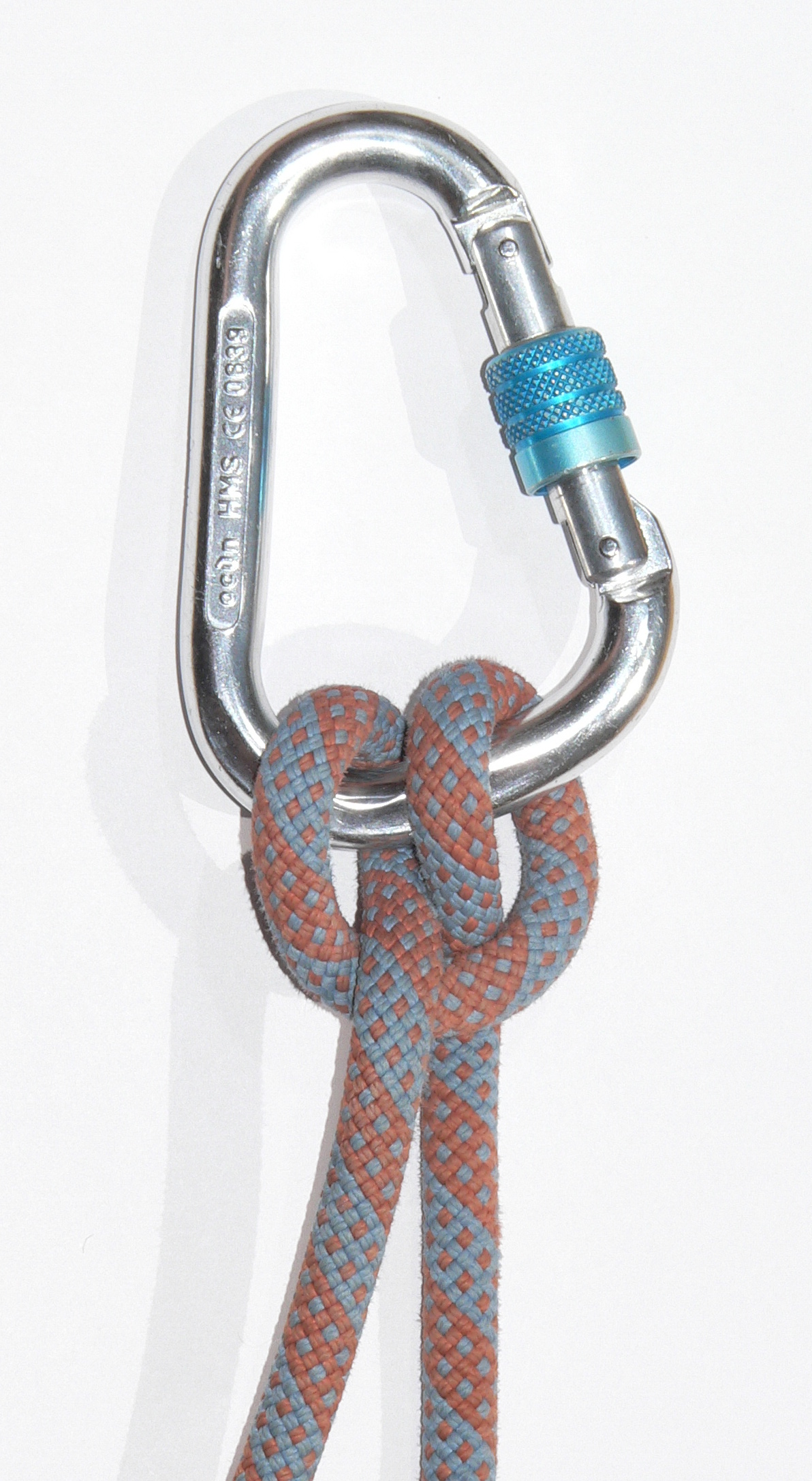
The clove hitch is the best knot if you want a quick tie. Mostly, this knot is used on hammocks that are not meant to be on permanent fixtures but rather temporally. The clove hitch is mainly preferred by sailors since it’s very easy to tie compared to other types of knots, and it’s suitable for their fast-paced working environment.
These are the steps in tying the Clover Hitch knot:
Step 1: Bring the ropes’ loose ends around a tree or post.
Step 2: Afterward, cross the end of the rope in an x figure.
Step 3: Wrap the ends around the tree or post once more and slip it underneath the x shape.
Step 4: You should have 2 of the same shape by now, the shapes made are then finally pulled tight.
Modified Bowline
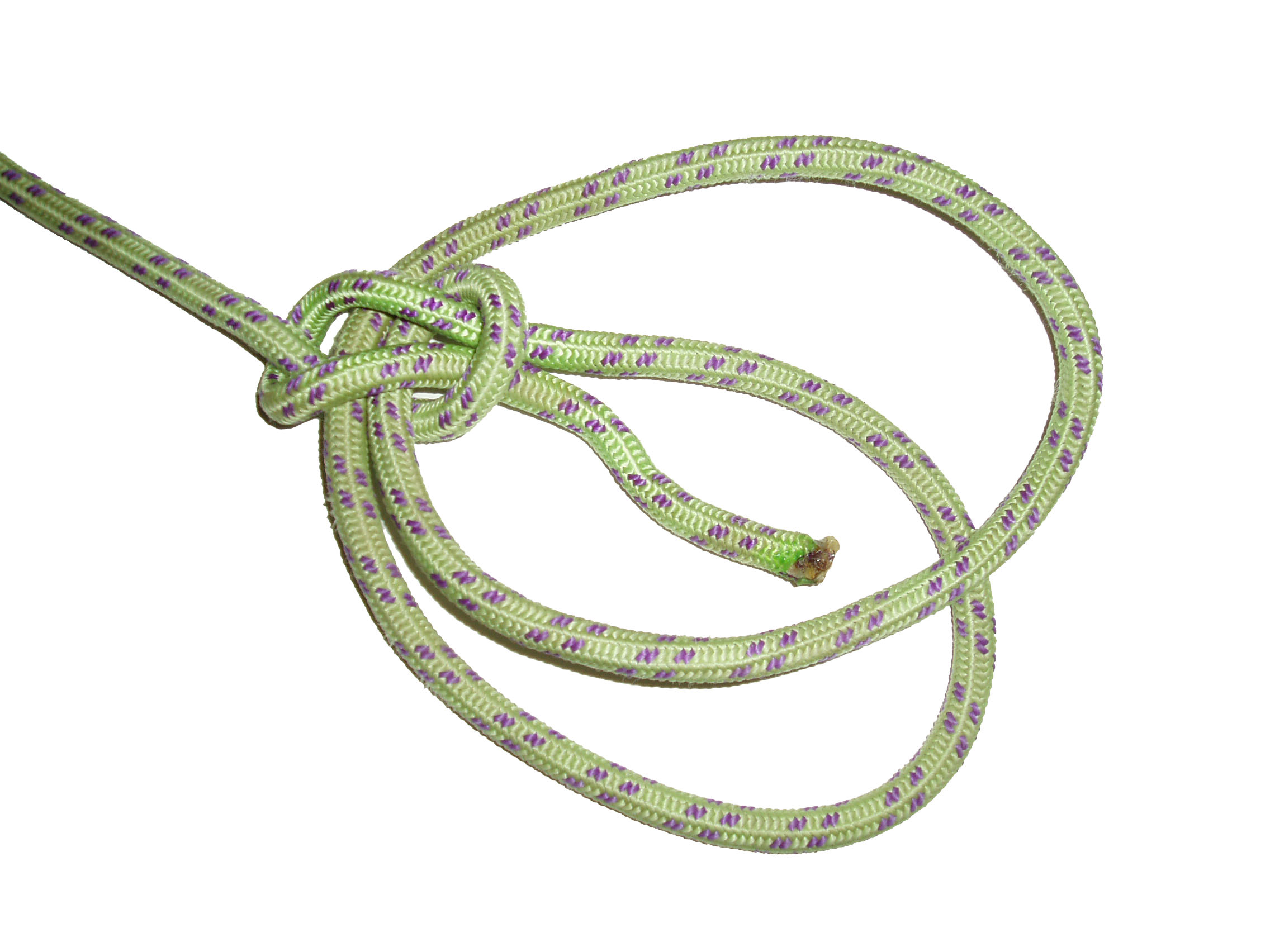
Modified Bowline
Modified bowlines usually provide a dependable and fixed end. These knots are capable of holding a great amount of weight and are usually tied around sturdy trees and posts. If you don’t have tree straps with you, you can modify the bowline knot by wrapping it severally around the tree before you tie it.
These are the steps in tying the Modified Bowline knot:
Step 1: Take the running line using your one hand and the rope’s end using the other.
Step 2: Create an overhand loop.
Step 3: Take the end in the right hand via a loop.
Step 4: On the tree, encircle it two or three times and finally pass the end down via the original loop.
Recommended articles
How to sleep in a Hammock When you are in the Wild?
Hammock Camping Without Trees: Simple Ways on How to make it Work
Taut Line Hitch

This kind of knot can be easily adjusted. Hence, if you think that you’re going to constantly change the adjustments of your hammock, you can surely use this. This knot also makes a great tent stake, thus making it ideal for camping. However, it’s not that great with heavy loads.
Step 1: Loop a rope around a tree multiple times.
Step 2: Make sure to leave a bit of rope for tying.
Step 3: Once done, pull the remaining ropes tightly to ensure that its body is tightly wrapped around the tree or post.
Step 4: Once secured, take the ends of the rope, and with one rope in one hand, wrap it around the other 3 times.
Step 5: To lock it, make a knot on the remaining ends of the rope.
Why Hammock Knots Are Significant?
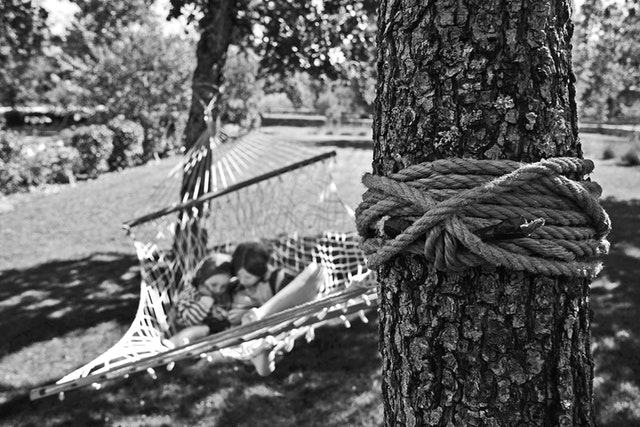
There are a number of reasons why hammock knots are significant. If you’re about to embark on an outdoor journey, here are some reasons why you should learn how to make a knot or two:
It’s Safer
If you are in a situation whereby your hammock is not tied well properly, this might impose as a great danger in case someone would fall, especially when the hammock swings from quite a high distance.
Such cases may bring upon great harm or cause major injuries to someone. That’s why you’re encouraged to learn the basic knots. While it’s tempting to tie the ropes in a random fashion and just wing it, it’s definitely not a safe move and might cause more damages in the long run.
Recommended articles
Hammock Camping with Dog: How to Make Sleeping Secure?
It’s Reliable
Hammock knots have been around since a very long time, and they’re still being used today for some reasons. Because they’re still practiced these days, there’s no denying that they’re more reliable compared to just making random knots, so you can surely trust them.
Conclusion

In order to learn the correct methods of tying hammock knots and the safest places to hang them, it’s crucial to find credible information for this. So, to get you started, you can use the list above as your guide. However, you’re encouraged to do more research.
Whether outdoor professionals or not, everyone should understand the importance of knowing how to knot. Without learning the basics, we might be in danger, thus ruining the fun of an outdoor activity. You wouldn’t want to spoil a potentially lovely moment, right? Hence, practice using these knots and you’re surely going to notice a difference.



